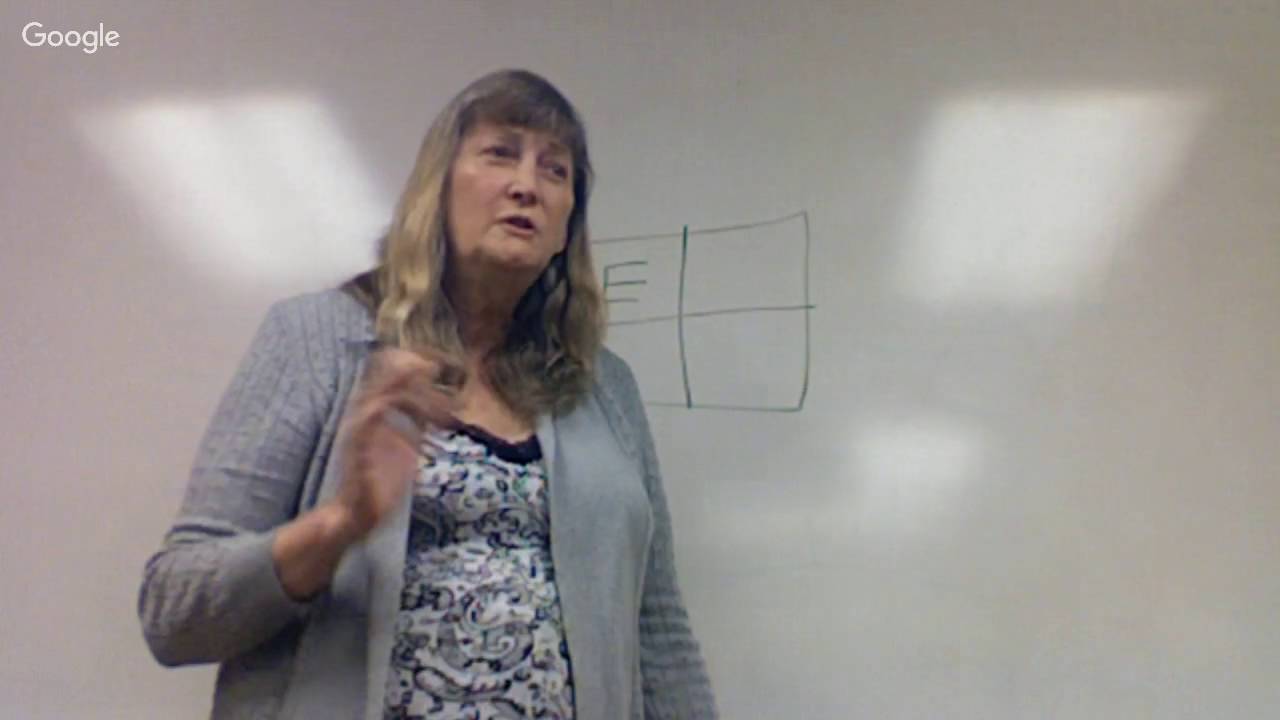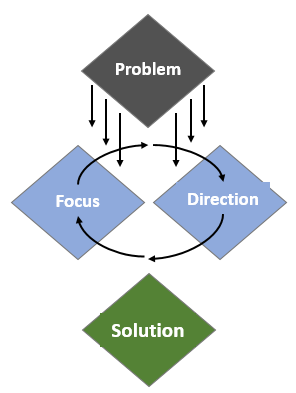I’m late to this but this week I got a big personal revelation on expressing story points in a quad. My new rule is express the story points in terms of their dynamic pairs. I’ve struggled to contextualize or express a problem when I try to define one term in a quad in isolation from the other dynamic term in a dynamic pair.
@jassnip [quote=“jassnip, post:7, topic:1170”]
So how exactly do you know when you’ve made something a problem?
[/quote]
Example, I can have a quad of help, hinder, support, oppose.
Help: An NGO wants to help a war ravaged community rebuild shelters destroyed in a just ended armed conflict.
Hinder: A government official refuses to give the NGO clearance until he gets a bribe.
Support: The official knows the current shelters are a breeding ground for diseases, theft etc and that if there’s a disease outbreak, his role in the local government will be audited or scrutinized.
Oppose: The official is like, the western funded NGOs have a lot of money so giving a bribe to him shouldn’t be an issue. The money from the bribe can help him set up an income generating business that will enable him break free of his low paying job in the government.
will the official stand in the way of his people getting the much needed help or will the NGO break their code of ethics so they can provide much needed assistance to the community
It’s probably been expressed above already but. My rule now is express gists or story points in terms of the relationships between pairs not in isolation from the pair relations, the inequity is unearthed in the relationships between story points not in isolation
the problem is defined in the relationships between quad items not just by looking at one story point.
So define the inequity in one dynamic pair and then once that’s define, express the other dynamic pair in terms of the first dynamic pair to grasp or get hold of the problem in your mind.
This can also be expanded to dependent, companion and associative relationships.
My learnings of the week. 



